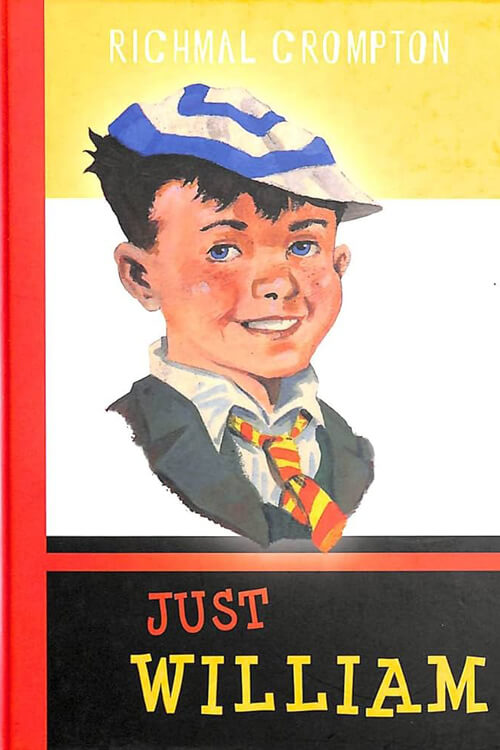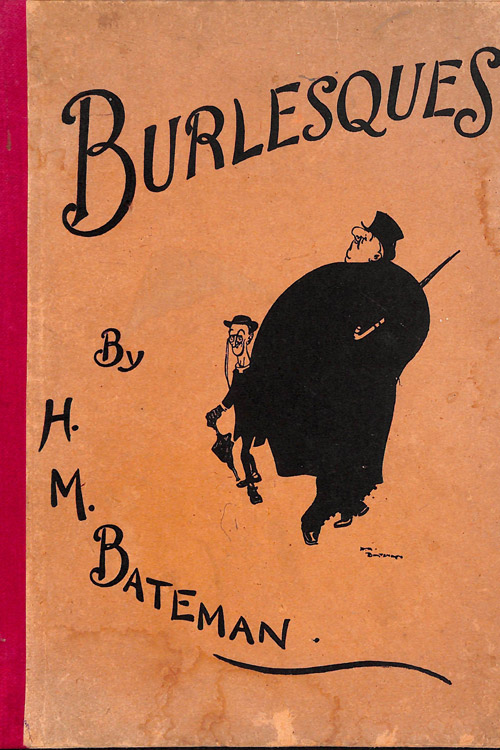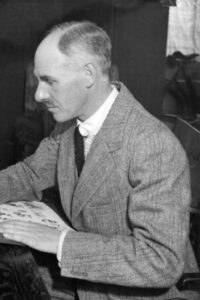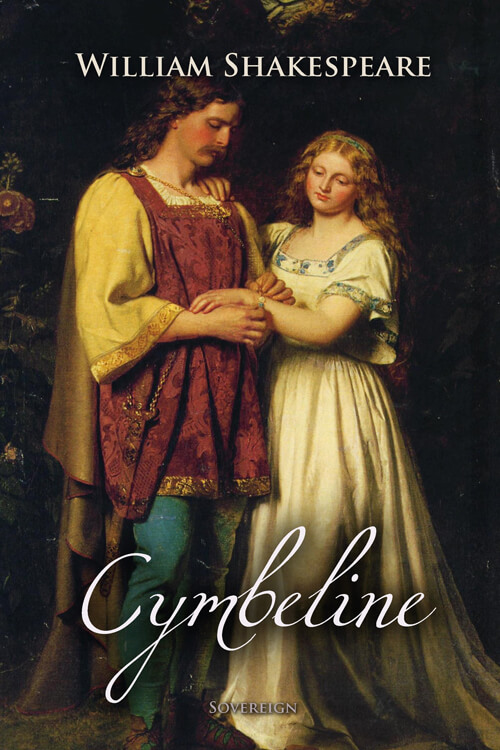
Burlesques
The humour of the kind that the drawings in this volume embody is so spontaneous, and the expression so direct and intelligent that there is perhaps a tendency to overlook the intensity of the effort that produces the seemingly effortless result. Mr. Bateman’s method is sometimes described as caricature, but that is to miss its true significance, though the term may seem, upon the surface, appropriate enough. Caricature is the art of inducing humour in a subject that is not necessarily humorous by dint of satirical exaggeration. Mr Bateman’s more difficult function is to reveal the humour, not to impose it.
There is no trace of the self-conscious humorist in these drawings. Facetiousness is a quality conspicuously and gratefully absent. The artist’s only concern is to pluck the very heart out of his subject, and that his mind has a trend towards the humorous aspect of life is merely accidental. For it is the humour of life, not merely of men, that attracts him, and even when he deals with seemingly quite trivial subjects, there is nothing petty or trite about his comic treatment of them. He generalizes. His observations are of types, not of individuals, of situations rather than of scenes. He draws for us people we all know but none have seen, for when he portrays a type, his sketch embodies all the salient characteristics of making that type.
If he draws a plumber, for example, he shows us the Compleat Plumber—more like a plumber than any plumber ever was. And as with character, so with action—whatever Mr Bateman elects to make his puppets do, they do it with an intensity and vigour beyond all practical possibility, but not (and this is the artist’s secret) beyond the bounds of imagination and belief. When a man is seen running in a Bateman drawing, he does not merely run—he runs; if he slumbers, one can veritably hear him snore! The intensity of the artist’s imaginative effort visualizes what cannot be humanly but would be if it could be.
Read or download Book
Henry Mayo Bateman
Henry Mayo Bateman (15 February 1887 – 11 February 1970, Mgarr, Malta) was a British humorous artist and cartoonist.
Biography.
H. M. Bateman was noted for his “The Man Who…” series of cartoons, featuring comically exaggerated reactions to minor and usually upper-class social blunders, such as “The Man Who Lit His Cigar Before the Royal Toast”, “The Man Who Threw a Snowball at St. Moritz” and “The Boy Who Breathed on the Glass at the British Museum” which appeared in the satirical magazine Punch. Henry Bateman was born in the small village of Sutton Forest in New South Wales, Australia. His parents were Henry Charles Bateman and Rose Mayo.
His father left England for Australia in 1878 at age 21 to seek his fortune, then returned to England briefly in 1885 before going back with an English wife. Soon after Henry was born, his strong-willed mother insisted they return to London ‘and civilization’. He had one sister, Phyllis, who was three years younger. Bateman always drew from an early age, consistently producing funny drawings that told stories. Comics inspired him; he had a keen critical eye and enthusiastically drew at every moment. At the age of 14, he had already decided that he would draw for publication. In 1901, the cartoonist Phil May, in response to a letter from Rose, showed interest in his drawings, and that year, he was inspired by an exhibition of black-and-white art at the Victoria and Albert Museum.
His father had initially decided that his son should follow him into business. Still, eventually, after many arguments between him and Rose, his father financed his study at the Westminster School of Art, which he commenced at 16. He did well but was bored by the lifeless “life” classes and, after qualifying at Westminster, transferred his studies to the New Cross Art School.[a] He also did some practical work at the studio of Charles Van Havermaet.






